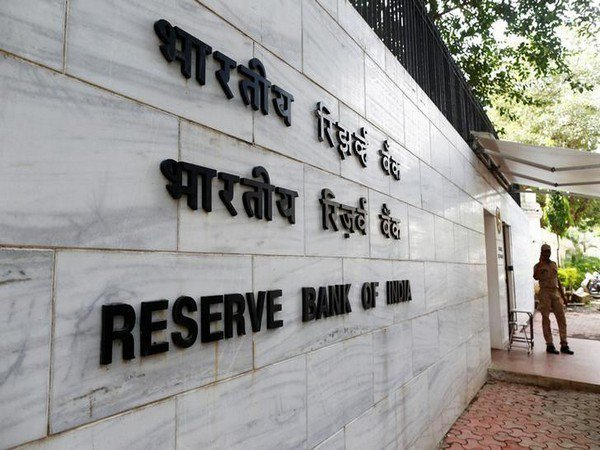The central government has reconstituted the Monetary Policy Committee (MPC) under the provisions of the Reserve Bank of India (RBI) Act, 1934. This committee is responsible for setting policy interest rates and framing monetary policy to control inflation and support economic growth in the country. The MPC comprises three members from the RBI and three external members appointed by the Central Government. The newly reconstituted committee consists of the Governor of the Reserve Bank of India as the Chairperson, ex officio; the Deputy Governor of the Reserve Bank of India, in charge of monetary policy–Member, ex officio, and one officer of the Reserve Bank of India, nominated by the Central Board — Member, ex officio.
The new external members included in the MPC are Professor Ram Singh, Director, Delhi School of Economics, University of Delhi, Saugata Bhattacharya, economist; and Dr. Nagesh Kumar, Director and Chief Executive, Institute for Studies in Industrial Development. They replaced Ashima Goyal, Shashanka Bhide, and Jayanth R. Varma. The newly appointed external members will serve for a period of four years or until further orders, as per the government’s statement.
The MPC is entrusted with formulating India’s monetary policy, primarily through setting benchmark interest rates, to ensure price stability while maintaining economic growth. The reconstituted committee comes into effect immediately, as per the finance ministry. The decision to reconstitute the MPC is aimed at ensuring a diverse and knowledgeable panel of experts to guide the country’s monetary policy decisions. The government’s move to include new external members in the committee reflects its commitment to ensuring a balanced and informed decision-making process in monetary policy formulation.
The inclusion of Professor Ram Singh, Saugata Bhattacharya, and Dr. Nagesh Kumar in the MPC brings a range of expertise and perspectives to the committee. Their backgrounds in economics and industrial development will provide valuable insights into the factors influencing India’s economy and help in steering monetary policy decisions in the right direction. The new members are expected to contribute actively to discussions and deliberations within the committee, bringing fresh ideas and approaches to address the challenges facing the Indian economy.
The reconstitution of the MPC is seen as a positive step towards ensuring transparency and accountability in monetary policy decision-making. By bringing in new external members with diverse backgrounds and expertise, the committee is better equipped to respond effectively to the changing economic landscape in the country. The government’s decision to appoint experts like Professor Ram Singh, Saugata Bhattacharya, and Dr. Nagesh Kumar reflects its commitment to fostering a conducive environment for informed and data-driven policy decisions to promote economic stability and growth in India.
In conclusion, the reconstitution of the Monetary Policy Committee with new external members is a significant development that highlights the government’s focus on strengthening India’s monetary policy framework. The inclusion of experts from academia and industry in the committee will enrich the policy formulation process and ensure that decisions are based on a thorough understanding of economic trends and challenges. The new members are expected to bring fresh perspectives and insights to the committee, enabling it to navigate effectively through the complexities of the global and domestic economic scenario. By reconstituting the MPC with a diverse and knowledgeable panel of experts, the government has taken a proactive step towards enhancing the effectiveness and credibility of India’s monetary policy decisions.











